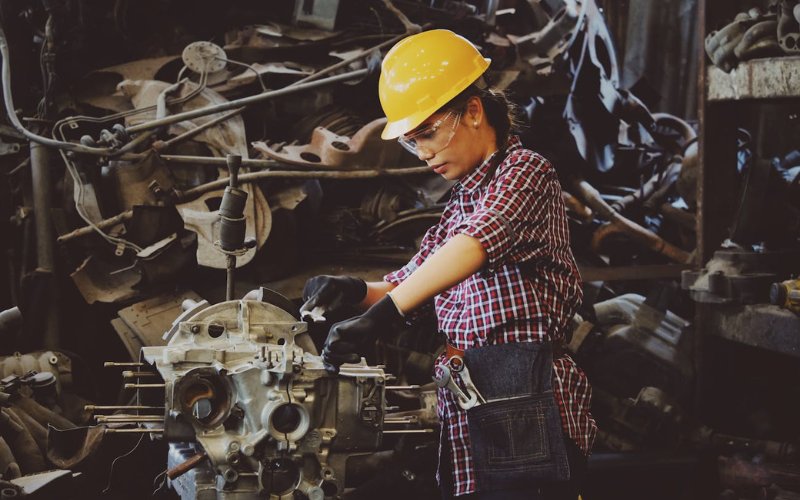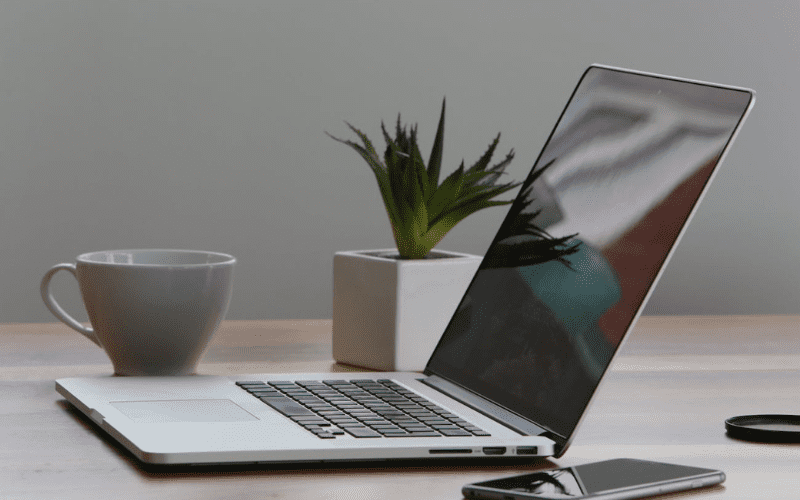Since the pandemic there can be no doubt that our ways of working have change dramatically and permanently, with many companies now offering hybrid, flexible and remote working as standard – but does your hardware match the new needs?
Many businesses found they had to adapt quickly and on the fly, but now is the time to take stock and make sure that your office set up is modern enough to cope with the new and future demands placed on it.
Is your computer network set up and secure when staff are working remotely, or are there gaps and risks? Do your staff have the right training to stay secure at home where the temptations to use the computer for personal reasons might be much higher?
It’s time to assess your hardware and make sure your office is capable of adapting, surviving and delivering what your office needs now and for the future, and making any changes which might be necessary. Here are some quick hardware checks to carry out:
1. Have you got the right laptops?
For a modern office the laptop is key, allowing staff to take them home or work from multiple locations easily and without fuss. They have all but replaced the old personal computers in many companies.
They can provide some challenges in terms of size of the screen and comfort when working on them long-term so it’s important to make sure your office is equipped with the right hardware to support laptop working, such as docking stations, external screens and keyboards.
It’s equally important to provide all of these elements to your staff at home and in other remote locations where appropriate, to help avoid injury or harm from laptop use.
2. How’s your network hardware?
An essential part of keeping your team connected is choosing the right network hardware. Making sure that it has the versatility to and capability to deliver fast and secure data connection is an important task any IT person should be undertaking. It all starts with selecting the best types of devices for the connection you have.
Working with the right ISPs that use ONTs/ONUs capable of supporting GPON, XGS-PON, EPON, 10G EPON and NG-PON2 can help you set up an office network that is capable of supporting voice and data transmissions. In this age of hybrid work, choosing the right equipment will directly affect your overall productivity and profits.
3. Does your team need tablets?
Tablets are the other must have hardware for the modern office, particularly those which come with detachable keyboards and can be used in flexible ways, as they are the ideal piece of kit for those who need to travel for work.
Providing strong and often in-build connectivity they can be used to run apps, share video and slide deck demonstrations of products out at events and provide great flexibility for working on the run, just about anywhere.
Many now have very long battery life and those with pen or touch screen options can be used to develop documents and even graphic design from literally anywhere, and they are far more portable than traditional laptops.
4. Do you still have office workers?
With most modern offices there are still going to be some people who need to be office based and will need a desk top computer to cope with larger programmes, such as graphic design or financial systems, which need the bigger processors and screens.
Are your desktop computers and the software which goes with them and protects all your systems, up to scratch? Do they have the right level of processing power to handle all the data and usage your business has today?
5. Do you have the right smart phones?
For teams who are working remotely or out and about on the road, they are going to need modern smartphones to be able to connect with the office, clients, colleagues and to make important calls.
However, phones nowadays can do so much more, for example, connect remote employees to their emails, enable them to join video meetings and allow them to create and share social media assets on the spot.
It’s important to make sure that all company phones are up to scratch and have all the right applications already downloaded for staff to use. Many companies now have staff intranet apps, or WhatsApp groups to help staff stay connected wherever they are.
6. Have you got the right printing capabilities?
Offices used to be filled with large printers and even larger photocopiers, which often took up half the floor space but the modern-day office doesn’t need all this hardware, just the right capability in modern equipment.
Most modern printers are also able to scan and make copies, all from one small and compact machine so make sure you are using the best printing hardware for your needs. That way your office will be efficient both in use of space and in use of energy.
Big print jobs such as marketing materials can always be outsourced which can be cheaper and provide better quality, than trying to print them all in-house on a big machine that’s hardly used otherwise.
The key to getting the right hardware for a modern office is to assess the requirements of your staff and make sure you are offering the best fit. You might need several personal desktop computers set up for hot desking, while the majority use laptops from home. Assessing and meeting the business needs will help ensure your office stays modern and capable of surviving into the future successfully.
Also Read: How To Improve Dressing Sense Male




